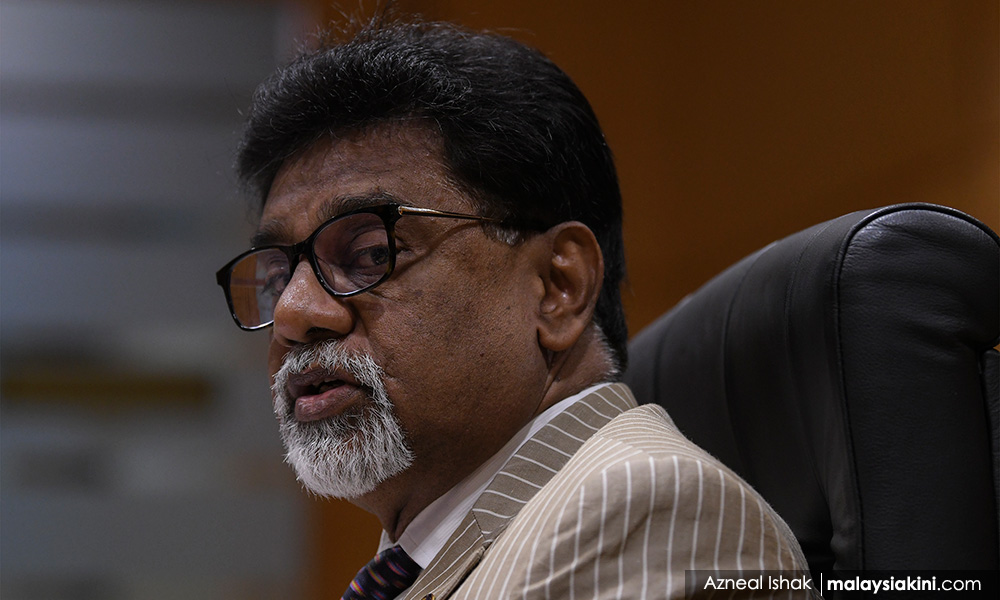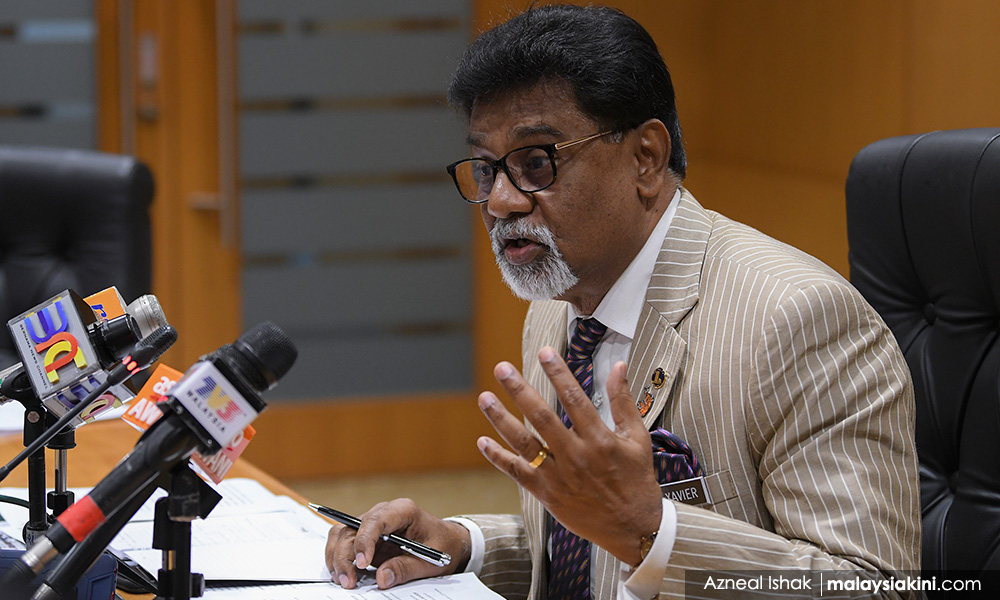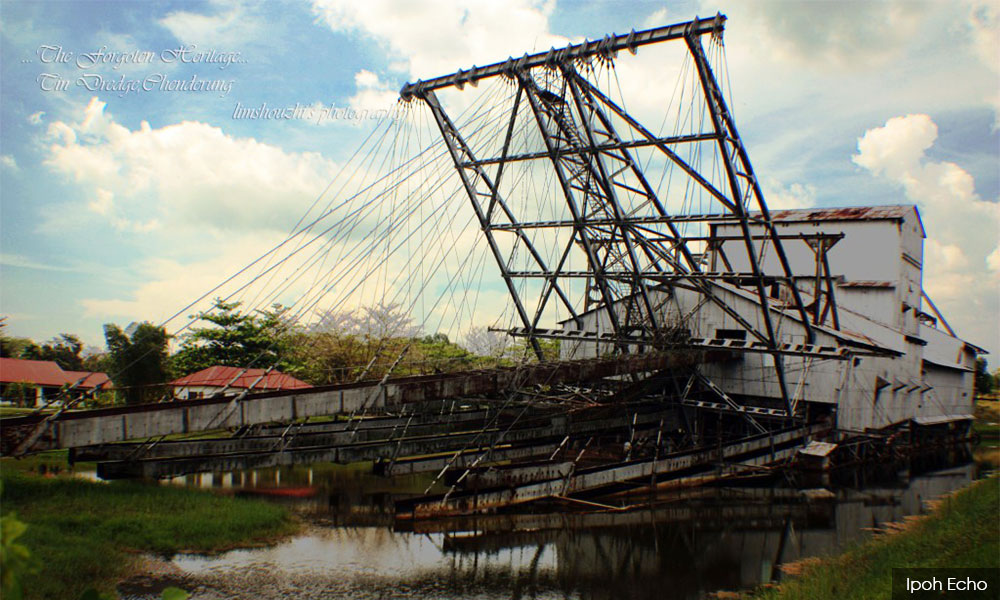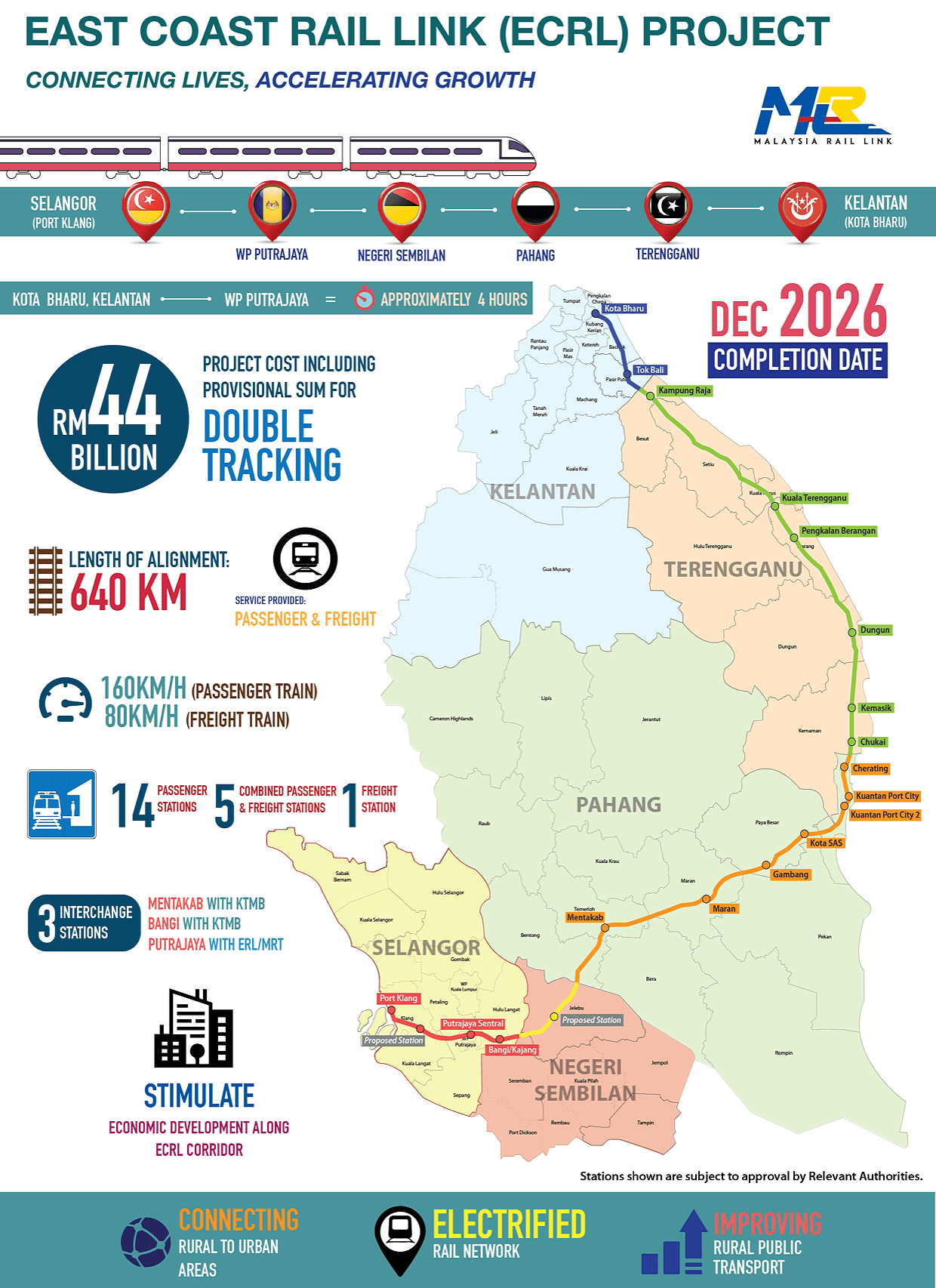
INTERVIEW | Once known as one of the world's largest tin producers, Malaysia's domination of global supply ceased in the mid-1980s when prices plummeted, forcing mines around the country to close.
According to Water, Land and Natural Resources Minister Xavier Jayakumar, however, the current global market price for tin has prompted renewed interest in the industry.
"We stopped mining tin on a large scale about 35 years ago," he said in an interview in Putrajaya ahead of Pakatan Harapan's first anniversary in power.
"The main reason was that the price of tin was not lucrative enough.
"We have discussed this in cabinet, and decided to go into tin mining again, and give opportunities to interested parties to go forth with the mining of tin."
In March 1986, tin fell to a decade-low of US$5,780 per tonne from US$17,000 just nine months prior.
Now, the price of tin averages about US$20,000 per tonne.
"Our ministry, through the Lands and Mines Department, has now mapped the whole country where there are huge tin deposits, and now industry players are interested in coming back," Xavier said.
'Huge' expected revenue
Quizzed on potential revenue from tin mining, the minister was confident that the figure could amount to millions of ringgit.
"The expected revenue is very huge.
"Our deposits are in the millions of tonnes, so the expected revenue is in the millions of ringgit," he said, adding that mapping efforts have also identified the presence of other potential minerals, including copper and gold.
"Bauxite is also a mineral that is being paid attention to, and the Standard Operating Procedure (for mining) is ready. We will then start implementation in due course as far as bauxite is concerned," he said.

Xavier also stressed that any mining activities must be carried out in a sustainable manner, minimising any potential damage to the environment and its surroundings.
"Whoever comes into this industry will have to follow the strict SOP for the future," he added.
Following the downturn of the tin industry, various tin mines around the country had been redeveloped.
This includes what is currently known as the Mines Wellness City in Seri Kembangan, formerly the site of Hong Fatt Mine – the largest open-cast tin mine in the world, covering 530ha.
'Environmental impact of ECRL'
On a related matter, Xavier said three agencies under the Water, Land and Natural Resources Ministry have been tasked to monitor the development of the East Coast Railway Link (ECRL) project.

This includes the Survey and Mapping Department, which is in charge of finalising the new alignment to Port Klang.
"I'm very concerned about preserving our central forest spine. There will be very strict rules enforced.
"I have just discussed the matter... where we have to remove trees, those trees have to be transplanted somewhere else, because many of the trees are too old and too precious," he noted.
Prime Minister Dr Mahathir Mohamad previously explained the government's decision to realign the ECRL was due to connectivity and environmental reasons.
Under the original alignment, the ECRL would pass through Kelantan, Terengganu, and Pahang, and enter Selangor through Gombak, before making its way to Serendah and Port Klang.
However, it will now skip Bentong and Gombak, and instead, turn south from Mentakab to Kuala Klawang in Negeri Sembilan, enter Selangor through Bangi/Kajang, proceed to Putrajaya Sentral and finally Port Klang.
-Mkini


No comments:
Post a Comment
Note: Only a member of this blog may post a comment.